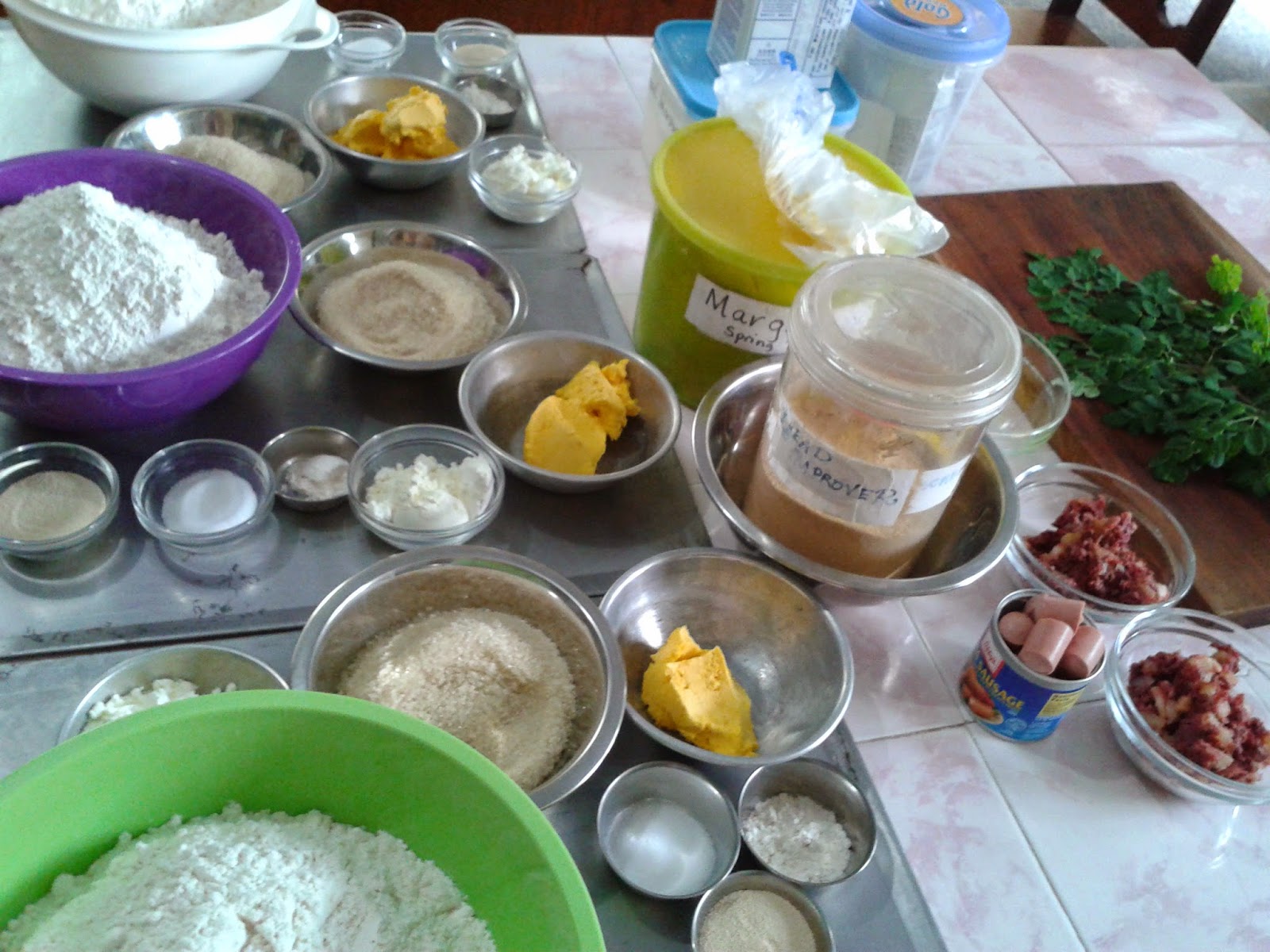The photo above shows you just some one of the many brands of Margarine, trans fat free fat that are on the grocery chiller section in the US. In New York, just before Mayor Bloomberg left his office, the all trans fat rule was imposed on all restaurants and bakeries. Adding more cost to the food, it does makes sense when you see obesity creeping into the society. Better health in the long run is definitely a winner.
When it comes to baking, and since i deal with breads mostly, the 10% average fats that we use in a Pandesal recipe does not really seem to be a threat at all if you eat two to three pieces a day. I doubt if there is anyone out there who regularly eats bread every morning especially since we are a country of "sinangag". We just love our fried rice and tuyo or scrambled egg, hotdog etc., in the morning.
Anyway, i think the cost is the primary reason why trans fat will not be a fad in Asian markets just yet. It will be too expensive and i don't think that a 3 peso per piece pandesal will take it happily. Another thing we have to accept is that shortening and margarine, the one used for baking (not table margarine from the groceries) provide better texture, mouth feel, volume, extended shelf life etc., For someone who sells breads, this is huge. No bakery out there would want a staling dry under size loaf on their shelves so hydrogenated fats such as Spring sold in 40 kilogram drums and many other reliable brands will stay.
For home bakers, it is a different thing. You can opt for either olive oil when you do your flatbreads and pizza crusts, baguette, ciabattas etc., That makes it 0 trans fat. You can replace some of the fat with other healthier alternatives such as pureed fruits to give the breads a softer texture and change your method from the No time dough to a Sponge and dough method.
The sponge and dough method produces a much softer product, shelf life is extended, it has better flavor and larger volume as well. Of course it still depends on the formula you are using so you need to understand the science behind it all.
Above is a photo of my mise en place for special hands on class. You can see the margarine and shortening beside each other and there is a reason why i use both in a recipe sometimes. Not all the time but sometimes. There is Malunggay waiting for my students to be chopped since we are making Malunggay Pandesal (most requested recipe). Now in class, i do explain more extensively the difference between shortening and margarine but of course you can get that online. What you cannot get online is the experience of tasting what it's like to eat a bread made with shortening and margarine respectively and get to compare it in the end.
What would 3% shortening do to a recipe? What would a bread tastes like if i use 100% shortening versus a 100% margarine? What if i use table grade margarine as oppose to commercial grade tub margarine?
The lovely rise on the proofing doughs will retain their structure if you do it properly, if you have the right ingredients and if you give them TLC. Of course it does not happen overnight. Fats enable the dough to retain their shape during proofing and after baking if you do it by the book.
The breads baking beautifully and retaining their shape after.
email me at sherqv17@gmail.com if you have any baking questions. Incidentally, my hands on baking class is now open for enrollment so do check out my website at www.breadmakinglessons.com for details. I made several changes in the lessons, there will be two take home assignments for the students so you will be given a dvd to watch after the first day for your second day take home lesson. Lunch is also free as last year so i hope nobody hates pasta because i would most likely serve some.








Comments